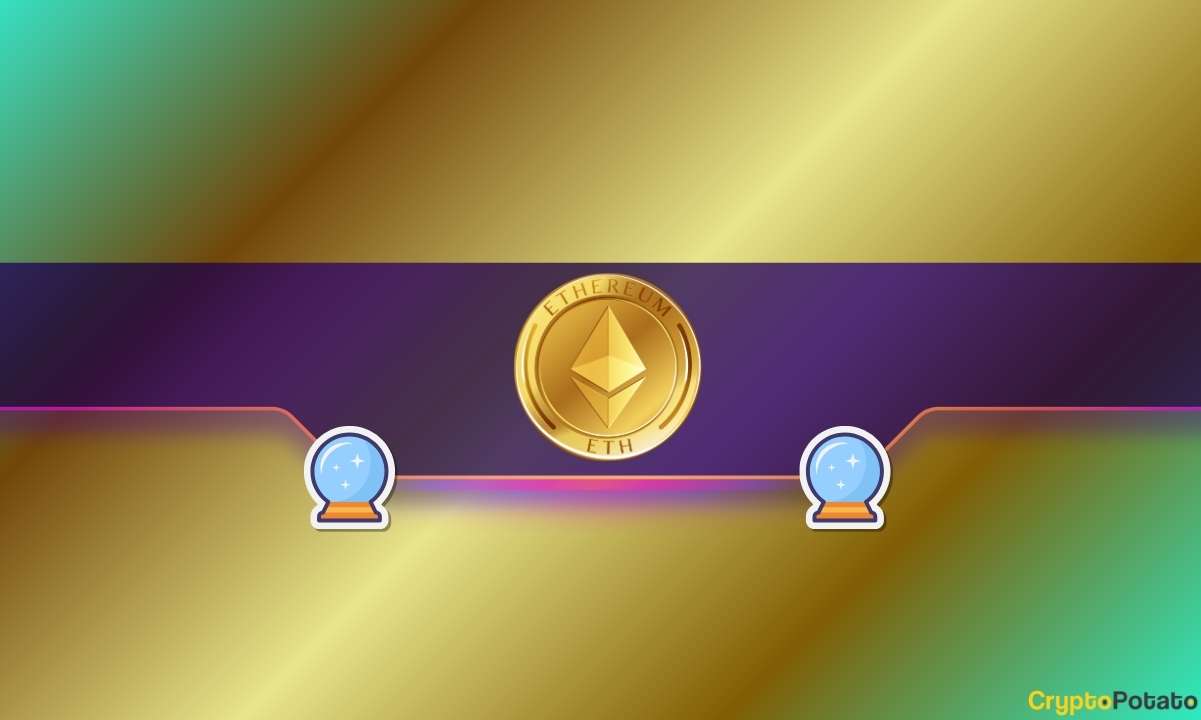For years, Solana was seen as crypto’s fast but fragile alternative to Ethereum, which was admired for its speed but dismissed as untested.
However, that perception shifted dramatically this week.
Record launch
On Oct. 28, Bitwise’s Solana Staking ETF (BSOL) debuted with $69 million in first-day inflows, the strongest launch among roughly 850 ETFs introduced this year, according to SosoValue data.
In addition, the fund generated $57.9 million in trading volume, outperforming all other ETF launches this year.
Bitwise Solana ETF (Source: SoSo Value)ETF inflows capture new money entering a fund, while trading volume measures investor participation. Both indicators matter because high inflows without trading activity can suggest internal seeding rather than genuine demand.
Considering BSOL posted strong figures on both counts, this shows a sign of genuine, diversified investor interest rather than passive seeding or speculative noise.
Due to this, Bloomberg’s Eric Balchunas described the Solana ETF debut as “a strong start,” while pointing out that BSOL had a $220 million seed.
According to him, the fund’s first-day performance could have reached $280 million if the seed was fully deployed on day one. This would help it potentially eclipse BlackRock’s Ethereum ETF first-trading-day performance.
Regardless, the $220 million seed helped lift BSOL’s net asset value to $289 million, placing it ahead of several Ethereum and Bitcoin ETFs in US market rankings. For context, it took several months for early ETH ETF products to reach similar activity levels.
US Crypto ETFs Ranking by AuM. (Source: Tom Wan)Why the Solana ETF performed strongly
BSOL outperformed its peers because it offered something most crypto ETFs still lack: yield combined with exposure.
Unlike traditional ETFs, which simply track price, BSOL’s structure allows investors to earn staking rewards and potential price appreciation.
Roughly 82% of its Solana holdings are already staked through Helius Labs, with a goal of reaching 100%. This translates to an average 7% annual yield, allowing institutions to participate in Solana’s native economics without the operational burden of self-custody or node management.
Beyond yield, Solana’s strong fundamentals amplified demand.
The network has delivered near-perfect uptime since early 2024, its DeFi total value locked has tripled year-to-date, and transaction volumes regularly exceed those on Ethereum.
That combination of high throughput, low fees, and real on-chain activity positioned Solana as the most revenue-generating Layer-1 blockchain.
Considering this, Matt Hougan, Chief Investment Officer at Bitwise, said:
In short, BSOL succeeded because it translated Solana’s on-chain efficiency and staking income into a regulated, yield-bearing financial product.
How Solana ETFs Could Impact SOL Price
If history is any guide, Solana’s price could experience a sustained revaluation phase following the launch of its ETF, much like Bitcoin and Ethereum did after their respective approvals.
Data from K33 Research shows a strong correlation (R² = 0.80) between Bitcoin ETF flows and 30-day BTC returns, meaning ETF inflows explain roughly 80% of Bitcoin’s price variance.
Notably, Ethereum ETFs displayed similar behavior, with analysts noting that its reduced circulating supply and negative net issuance made ETH more price-sensitive to capital inflows than BTC.
Solana’s conditions could magnify that effect. Roughly 70% of SOL’s circulating supply is already staked, locking it away from exchanges. With Bitwise’s BSOL ETF targeting 100% staking of its holdings, available liquidity will tighten further as institutional demand scales.
This means every new dollar entering Solana ETFs will exert upward pressure on price due to a thinner supply base.
So, if the ETFs follow market analysts’ predictions that they could generate between $5-8 billion in new capital entering the Solana ecosystem, this could potentially drive a 60–120% price appreciation under similar elasticity assumptions used for Bitcoin and Ethereum.
Moreover, the fundamentals surrounding SOL further strengthen this outlook.
Galaxy Research describes Solana as having transitioned from a speculative asset into an “infrastructure play,” anchoring the Internet of Capital Markets, a system designed to support real-world asset tokenization, DeFi, and consumer-grade financial rails.
This narrative aligns perfectly with institutional mandates seeking scalable, yield-generating blockchain exposure.
In short, if the ETF inflows sustain and on-chain fundamentals remain robust, SOL could realistically reach $500 and above within the next cycle.
Source: https://cryptoslate.com/how-solanas-etf-success-will-propel-sol-price-to-new-heights-above-500/



